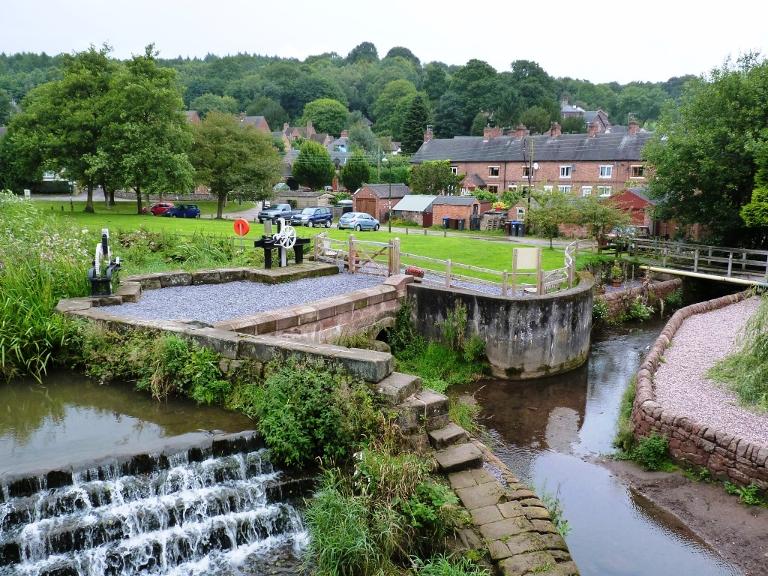Conserving ravishing Rudyard and outstanding Oakamoor

If you really love Rudyard or only have eyes for Oakamoor then you'll welcome the news that their special character will be protected for future generations to enjoy.
Staffordshire Moorlands District Council has given the green light to proposals to designating conservation areas to cover both villages in recognition of the rich legacy left by their historical development.
Measures to extend planning controls to enable the Council to better protect the villages - known as an Article 4 Direction - were also approved.
Councillor Edwin Wain, cabinet member for planning, development and property, said: "These villages represent quintessentially Moorlands characteristics which are appreciated and valued by residents and visitors alike. It is our job, as responsible custodians of the district's assets, to protect and preserve the important features of our heritage which have helped to shape our present.
"I'm delighted that we have now formally designated conservation areas, and confirmed the extended planning controls, in Oakamoor and Rudyard following public consultation earlier this year."
The principle of designating both villages as conservation areas was established with the publication of the Churnet Valley Masterplan in 2014.
Rudyard enjoyed a golden age in the 19 Century as the North Staffordshire Railway exploited the beautiful setting of the man-made lake which was originally built as a supply reservoir for the local canal network. A number of tearooms and hotels were developed to accommodate the growing demands of day visitors to the beauty spot.
Oakamoor's heritage is based around the River Churnet and the industries and transport network that grew up along its banks.
The conservation area designation establishes the boundaries of the conservation area in each village and the Article 4 Direction means that enhanced planning controls on domestic properties to protect heritage features are now in force.
All affected properties will receive a letter explaining the implications of the changes.




